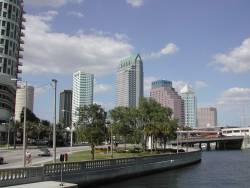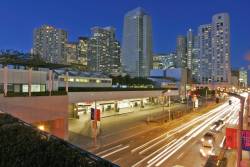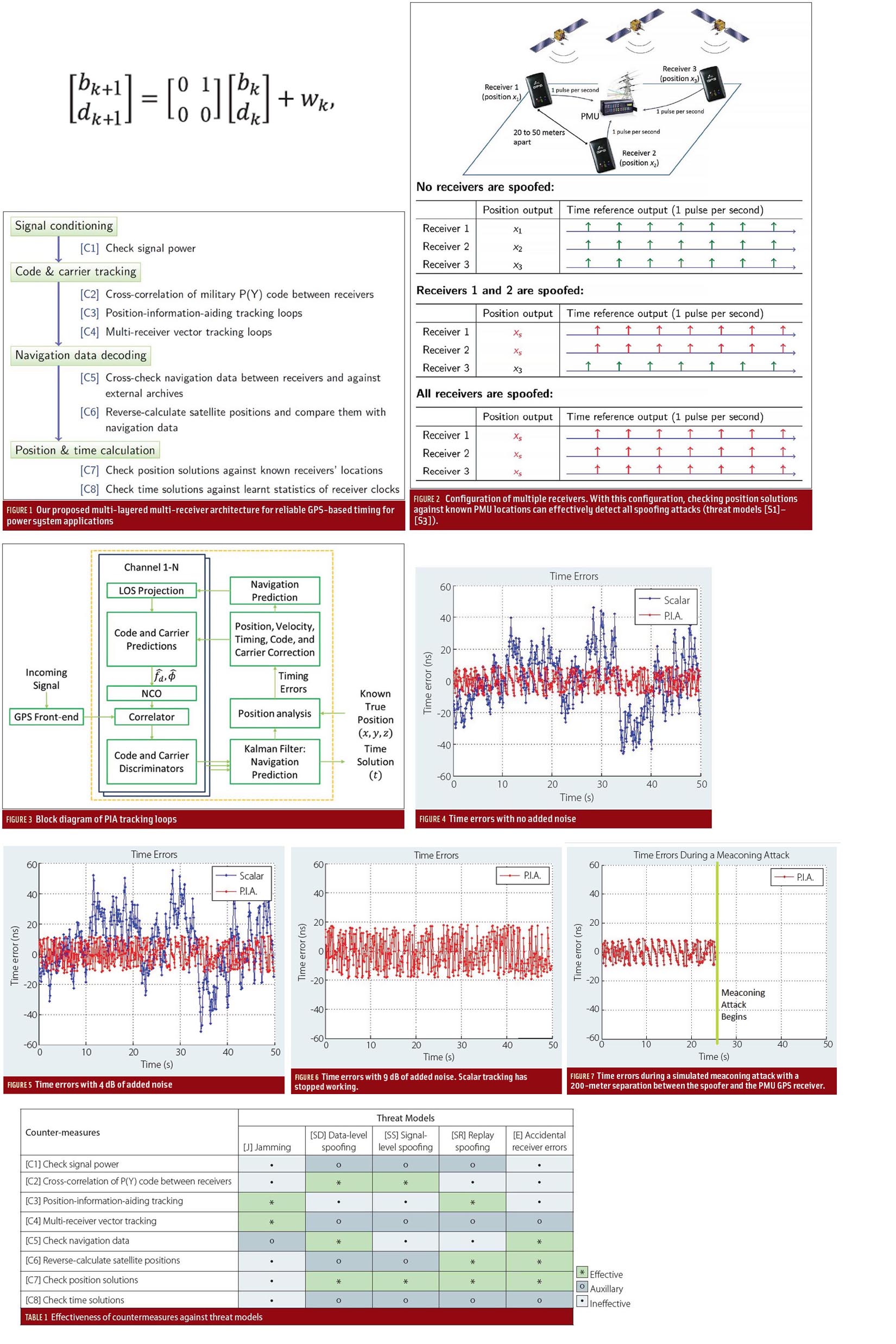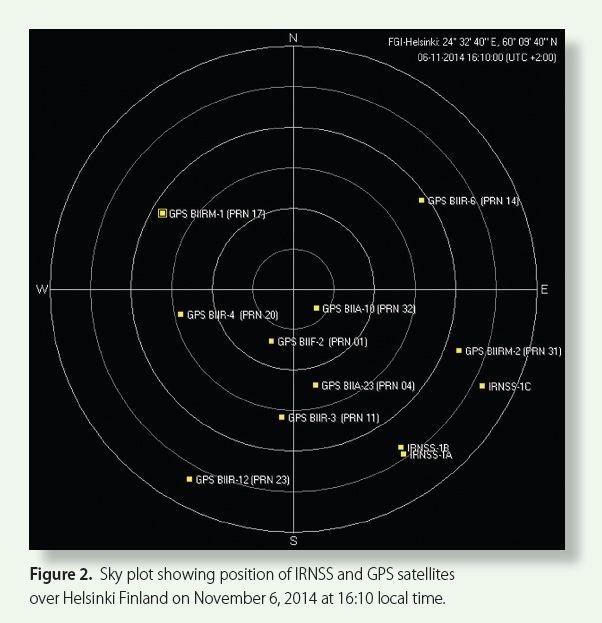2015 UN-Russian Federation Workshop: Applications of Global Navigation Satellite Systems
 A popular stolby for climbing, near the city of Krasnoyarsk, Russia.
A popular stolby for climbing, near the city of Krasnoyarsk, Russia. The United Nations/Russian Federation Workshop on the Applications of Global Navigation Satellite Systems will take place in Krasnoyarsk, Russian Federation, from May 18 – 22, 2015.
The completed application form, together with a presentation abstract, should be submitted online to the Office for Outer Space Affairs no later than Friday, February 27, 2015.
By Inside GNSS



























